To many, even basic car maintenance can seem daunting. If you’ve ever taken a look under the hood of your car, it may seem like a complicated mess of hoses, wires, blocks and belts. While some vehicle maintenance should generally be left to the professionals, there are a few things that you can easily take care of yourself.
Checking Fluids Under The Hood
Fluids play an important role in your engine and car health. So, pop the hood and follow along for ways to ensure you are doing your part to keep your vehicle running smoothly.
- Park your car in a well-lit, flat area and let it cool off for at least 20 minutes. Then, prop your hood up and you’re ready to go.
- You should check your fluid levels every 1-2 months.
Keep These in Your Vehicle at All Times:
- Owner’s manual
- Spare rag or towel
- Funnel
- Gloves (optional, but a good way to protect your hands)
- Wipes for cleaning your hands
How to Check Your Oil
- Identify the dipstick. It should be a thin rod with a circular ring at the top or there might be a small handle. Don’t mistake it for your transmission fluid dipstick. Check your owner’s manual or vehicle guide to be sure.
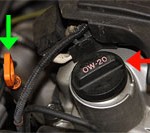
- Pull the dipstick all the way out, wipe the end of it on a rag or a towel to clean it and reinsert the stick. This will help you get a clean reading of the fluid level.
- After a few moments, pull the dipstick out again and look to see if the oil level is near the FULL line.
- If it isn’t, you may need to add more oil (your owner’s manual should tell you what kind of oil to use).
- Never overfill your oil reservoir.
- To add oil, you need to locate the oil reservoir (Note: You cannot add oil through the tube containing the dip stick. Use your owner’s manual to identify the proper location). Remove the cap, use a funnel to add oil, wipe up any oil that may have spilled, return the cap securely and recheck the levels after giving it time to settle.

- If you find you’re adding oil regularly, you probably have a leak and should have it checked by a professional.
- If the oil is black or dark brown, instead of a shiny, clear light brown, then you probably need to have the oil changed.
How to Check Your Windshield Wiper Fluid
- Identify the windshield wiper fluid reservoir. Typically it’s a large, white plastic container with an image of a windshield on the lid.
- If you aren’t sure it’s the correct reservoir, consult your owner’s manual or vehicle guide.
- If the fluid level is lower than the fill line or less than three-quarters full, remove the cap and add windshield wiper fluid using a funnel. Do not add water.
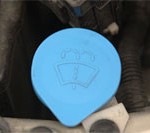
- Wiper fluid is a mixture of soap and anti-freeze to ensure the fluid does not freeze in cold weather. You can purchase the fluid for a few dollars at most gas stations, and any auto parts store.
- Be sure to secure the lid when you’re finished.
Check Engine Light
“Service engine.” “Check engine.” “Service engine soon.” Regardless of what that little control panel indicator may say, it can strike fear into the hearts and minds of drivers. While we can’t advise you on how to solve the problem, we would like to offer a little insight into this mysterious and worrisome indicator.
Why is my check engine light on?
It depends on a few factors since every car is slightly different. You should plan on taking your car to a mechanic or the dealer to have it looked at—sooner rather than later—since many of the issues reported by the check engine light can be seriously damaging to your engine. However, some vehicles do have slight variations in the indicator to express whether it’s a dire emergency or something to get checked within a few weeks.
Your owner’s manual may shed some light on how the indicator is displayed for your vehicle, but here are a few common scenarios:
- If the check engine light appears as a solid light, this can (on some makes and models) indicate a less serious issue.
- If the indicator lights up and blinks, this usually means it’s something more serious that requires immediate attention. It’s like a “Hey! Over here! Pay attention to me!” distress call.
- Some manufacturers distinguish severity by the color of the indicator. Yellow can mean important but not serious while red indicates a more pressing issue that requires attention.
Regardless of whether it’s blinking, solid, yellow or red, you still need to have a professional look at the vehicle.
A few other things to consider:
- Look for obvious indicators in addition to the check engine light that may provide more information. Is the car overheating? Is the oil pressure low? Is the engine behaving strangely? In all of these situations, pull over as soon as it’s safe and turn the engine off.
- Check to make sure your gas cap isn’t loose. This can trigger the sensor and cause the indicator to engage. While the light may not reset immediately, it is quick and easy check.
- If you are towing a trailer or a heavy load and the light comes on, you may be overloading the engine.
I’ve heard about a “code” that the sensor stores. What’s this for?
The check engine light is part of a system that constantly monitors diagnostics relating to emissions, engine efficiency and fuel efficiency, among other things. The computer that controls all of these components will turn the indicator on when a problem is identified. It simultaneously stores a code that provides some information about the problem.
Most auto parts stores can read this code and provide some information about the source of the indicator. You can purchase a scanning tool and extract the code yourself, but unless you are a professional, the code is often meaningless. It simply provides a general guideline of where to look for the problem instead of detailing the faulty component.
If your vehicle has OnStar, an OnStar representative can often read the code remotely and provide instructions on what your next steps should be.
So remember, if the indicator comes on, drive gently to prevent strain on your engine, take stock of the major red flags like an overheating engine or low oil pressure and have your vehicle looked at by a trusted professional as soon as possible.
Get peace of mind on the road by downloading GEICO Mobile today, where things like roadside assistance, digital ID cards, and more are right at your fingertips.
Next article: Top 4 Causes of Summer Car Breakdowns




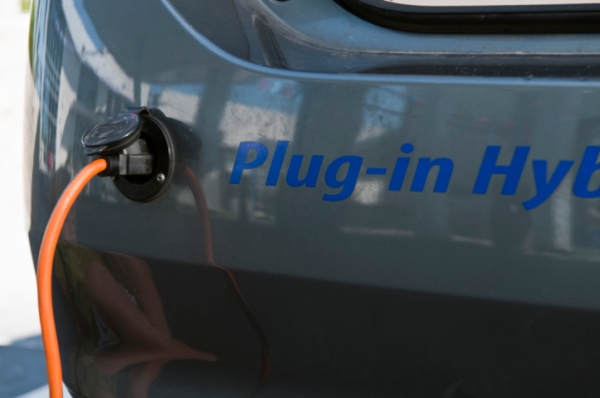
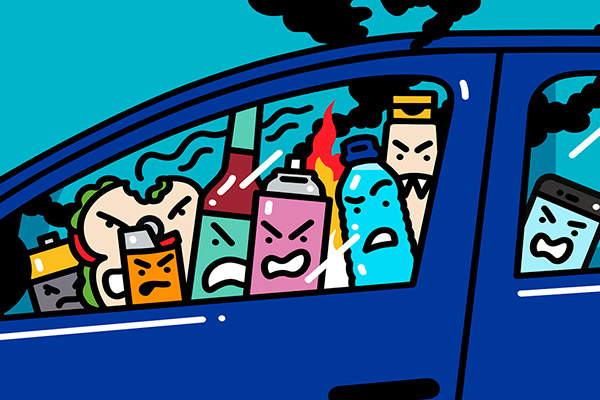
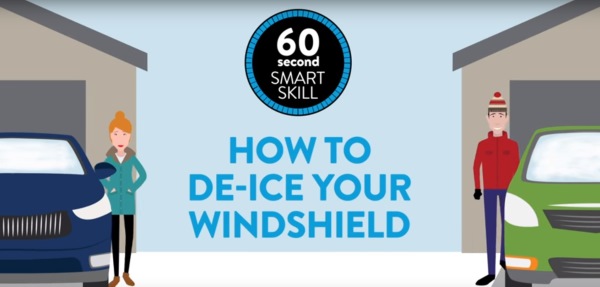

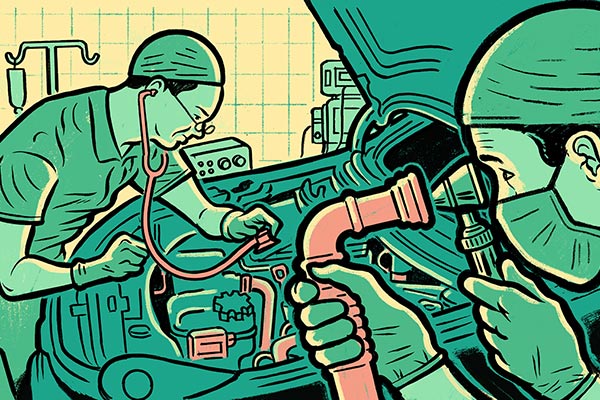
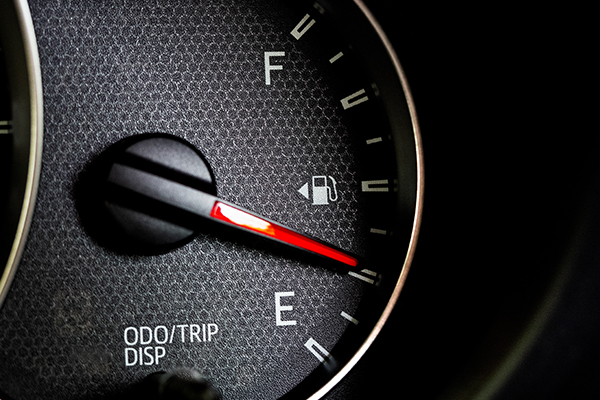
TRACEY OGDEN says,
mine came on the other day, my neighbor scanned and it came up with a code and said idle control valve replace, the ligh went off a couple days later. there no strange noises
Juan says,
Good thank,s
Joan Uhlar says,
I read the article with interest . I am a widow and feel a little more empowered now. Thank you
Atiqullah ebadi says,
Very good information
Viola says,
I been having issues with my Airbag light what should l do.
Amber says,
It could be that you have ano airbag that is dangerous to use. Mine came on as I got a letter from Toyota stating my car has an airbag recall.
mr. b says,
big problem also can be “air bag” light. it could be fixed, but mostly by a mechanic which has
codes that can help in fixing the problem. playing with airbags can be potential safety problem. dealers are known to charge much more than a good mechanic shop for fixing the ‘air bag’ problem. flashing or continuously lit “air bag” light should not be ignored!
Rita Lewis says,
Great info ! Sent more when you have some. Sincerity Rita
Daisy says,
I have a new use car the engine light went on cause I had the ac and heater on once I realize it I turn off the heater light never came back on .
Katie Anderson says,
When it come to making sure your car is safe to drive, and it going to last a while, you need to make sure and out your trust in the professionals. My husband likes to think that he knows everything to deal with our cars, but after one broke down, I would much rather go to a mechanic. Safely is my number 1 priority, a good shop can make your that you wont end up stranded on the side of the road.
Zach Potter says,
Thank you for the information here as every little bit helps when you are as clueless about cars as I am! I recently just had my radiator replaced in my car and have been trying to do some research in my spare time on preventative maintenance. I really do need to be better at checking the oil levels in my car and other simple things that I just forget about doing! Thanks again for the information here!
Lester says,
Can a check engine turn on if i have low antifreeze on my car
Steve Holt says,
Thanks for the tips! Keeping an eye out for other warning signs from your car that your engine needs to be fixed is a great piece of advice. There have been a few times when my engine started to overheat before my check engine light came on. It’s best not to wait until you see any lights on your dash come on, so checking to make sure that everything is working properly is a must.
Callie Marie says,
My mom’s car frequently has the “check engine” light turn on, but she swears it is nothing. I don’t trust her opinion, so I decided to find out what is causing it. I’ll start by checking the fluids and oil, like you suggested. If that doesn’t work, then I will insist we take the car to get serviced just to be safe.
Susan Hirst says,
Deanna, that is a very thought provoking question. It never occurred to me that codes would be read differently depending on the type of car. If so, I too would be very interested in knowing how to read the code in my Japanese car, so that I can figure out why my car isn’t running as efficiently as it used to.
jordan says,
pick up a BAFX OBD-II scan tool from Amazon for 20 bucks and download torque, dash command or any of the 100 other obd2 scan apps on the Play Store and you can pull codes yourself. i use one with my 2008 mazda 3s and was able to diagnose transmission issues, engine issues and its great for tracking milage.
not sure specifically what car you drive but one thing you could try is resetting the cars idle and fuel regulation by disconnecting the negative battery terminal (and setting the cable aside safely, i use my battery cover to sort of block the terminal), and waiting about 5 minutes. then reconnect it, and fire up the car with all accessories unplugged and the ac/heat turned off. let it idle that way for 15-20 minutes, then switch on the AC full blast and plug in any accessories you normally use. this resets the cars computer and basically sets you up with a new adjusted baseline for sensor readings, so like say if you have a dirty throttle body all coated with carbon (which is normal), the car will have adjusted for this when deciding how much fuel to dispense etc. Lots of new cars use similar procedures and most people just never think about it.
on the other hand if your system is excessively dirty this solution will only be temporary but still, at least for that day you’ll feel like you’re driving a new car. other things to check would be tire pressure and if your air filter needs cleaning or replacement. check tires only when cold.
Deanna R. Jones says,
I understand that the sensory system in cars carry a code that gives some information about a problem with it. It seems like this code would be read differently depending on how the car is made. The type of car that I have is German, so is the code meant to be read differently from an American car? My fuel efficiency has gone down drastically over the past couple of weeks, so knowing how to read the code in a German car would help me find out some information about what’s wrong with my car.